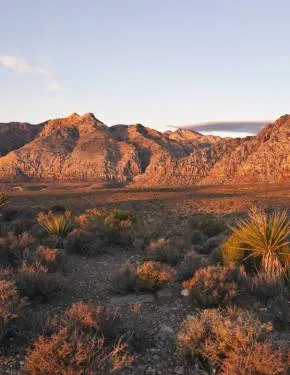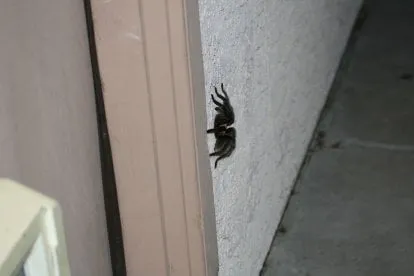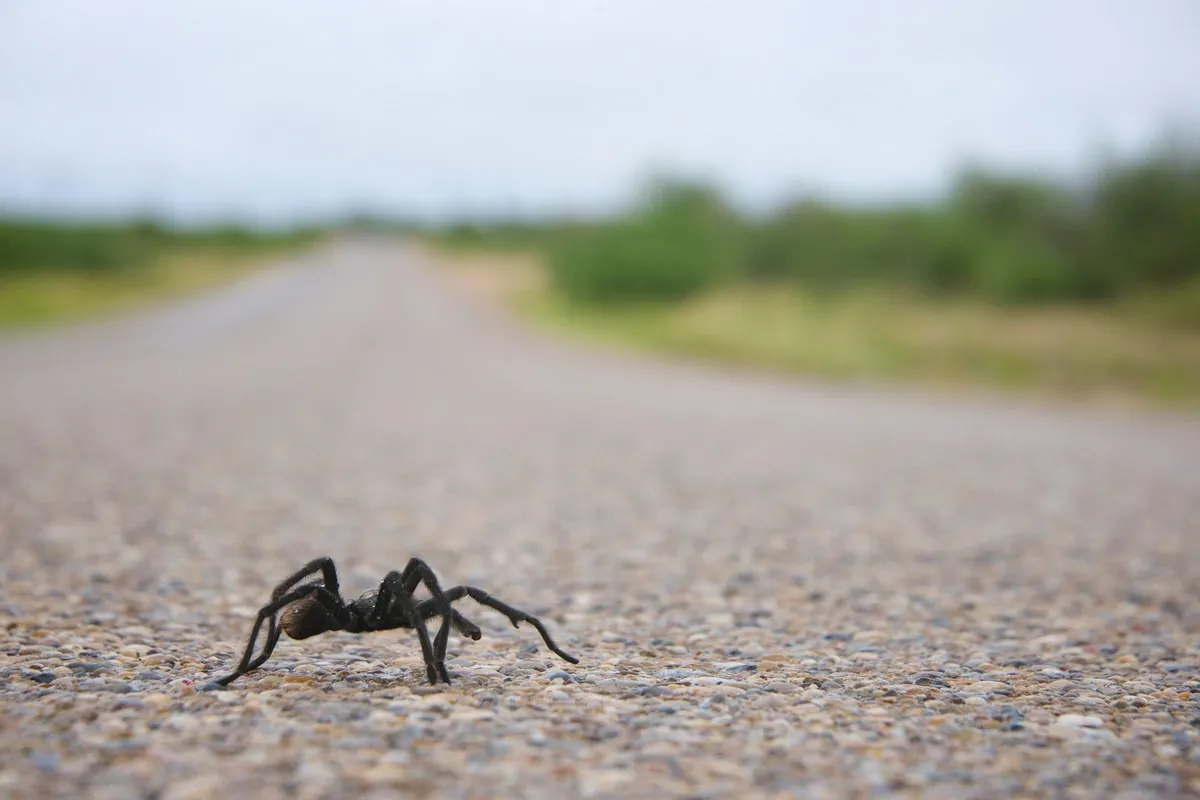What is the Arizona Tarantula Migration?
The Arizona Tarantula Migration is a fascinating natural phenomenon that occurs annually, typically in the late summer and early fall. It’s a spectacle where thousands of tarantulas, primarily male, embark on a journey to find mates. This migration involves the tarantulas leaving their burrows and venturing across the landscape, making it a prime time for nature enthusiasts to observe these impressive creatures. The event is not only visually striking but also provides valuable insights into the life cycle and behavior of these often-misunderstood arachnids. Understanding this migration helps us appreciate the biodiversity and the delicate balance of the ecosystem in Arizona.
Understanding the Tarantula Lifecycle
To fully appreciate the migration, it’s essential to understand the tarantula lifecycle. Tarantulas, like all arachnids, go through different stages of development, including egg, spiderling, and adult. The lifecycle can vary depending on the species, but generally, tarantulas are long-lived, with females living for many years, even decades. Males, on the other hand, typically have a shorter lifespan, as their primary role is to mate. The migration is closely tied to the mating season, as mature male tarantulas leave their burrows in search of females. This migration is a critical part of their life cycle, ensuring the continuation of the species.
Why do Tarantulas Migrate?

The primary reason for the Arizona tarantula migration is reproduction. Male tarantulas, having reached sexual maturity, embark on this journey to find receptive females. They leave their burrows, which they have occupied for years, and begin their trek, often covering significant distances. The males follow pheromone trails left by the females, which help guide them to potential mates. This migration is a crucial survival strategy for the species, as it ensures genetic diversity and the continuation of the tarantula population. It is a race against time, as the males must find a mate before their life cycle concludes.
The Main Purpose of Tarantula Migration
The central purpose of the tarantula migration is, without a doubt, reproduction. This instinctual behavior is driven by the need to propagate the species. Male tarantulas, after reaching maturity, are driven by their biological imperative to find a mate. The females remain in their burrows until they are ready to mate. During the migration, the males search for females to mate with, and, once successful, they typically die shortly thereafter. The female will then lay eggs in a silken egg sac, which will protect the young spiderlings. This entire process underscores the importance of the migration for the survival and perpetuation of the tarantula population in Arizona.
Top 5 Facts about Arizona Tarantula Migration
Fact 1: Tarantula Species Involved

While several species of tarantulas inhabit Arizona, the most commonly observed during the migration is the Arizona Blonde Tarantula (Aphonopelma chalcodes). These tarantulas are native to the southwestern United States and northern Mexico. They are known for their relatively docile temperament, making them a popular choice for observation. However, it’s important to remember that all tarantulas are wild animals and should be observed with respect and caution. Other species may also participate in the migration, but the Arizona Blonde is the star of the show for most observers.
Fact 2: Timing and Duration of Migration
The Arizona tarantula migration typically occurs from late summer (August) through early fall (October). The exact timing can vary depending on weather conditions, particularly rainfall and temperature. Warm, humid nights often trigger the migration. The duration of the migration can last for several weeks, with peak activity usually occurring for a few weeks. During this period, you’re most likely to spot tarantulas on the move, either crossing roads or trails, or simply traversing the landscape. Be aware that the timing is weather-dependent, so keep an eye on local forecasts.
Fact 3: The Role of Weather
Weather plays a significant role in the Arizona tarantula migration. Warm temperatures and increased humidity, often following rainfall, are key triggers for the migration. These conditions create an environment that is favorable for the tarantulas to move about. The moisture softens the ground, making it easier for them to travel, and the temperature encourages them to leave their burrows. Monitoring the weather forecast can help you predict when the migration is most likely to occur. Evenings and nights are typically when you will see the most activity, as tarantulas are primarily nocturnal.
Fact 4: Locations to Witness the Migration

The Arizona tarantula migration can be observed in various locations across the state. Popular spots include desert areas, foothills, and areas near canyons. State and national parks, such as Saguaro National Park and Grand Canyon National Park, are excellent places to start your search. Moreover, less-traveled areas offer a good chance of witnessing the migration. When visiting, remember to stay on marked trails and be aware of your surroundings. Always give the tarantulas space and avoid disturbing them. Some areas may have higher concentrations of tarantulas than others, so do some research before you go.
Fact 5: Conservation and Safety
Conservation and safety are essential aspects to consider during the Arizona tarantula migration. While tarantulas are not considered aggressive, it’s important to observe them from a safe distance and avoid handling them. Tarantulas can bite if they feel threatened, and their bite can be painful, although it’s not usually dangerous to humans. Moreover, it is crucial to protect the tarantulas by not disturbing their habitat or attempting to capture them. The migration is a natural event that should be appreciated and respected. Support conservation efforts by respecting the wildlife and the areas where they live.
How to Observe the Tarantula Migration Safely
Observing the Arizona tarantula migration safely involves several key practices. First and foremost, maintain a safe distance from the tarantulas. Use binoculars to get a closer view without getting too close. Wear sturdy shoes and long pants to protect yourself from potential bites or scrapes. Avoid walking in tall grass or bushes, as tarantulas may be hiding there. If you are driving, be cautious and watch for tarantulas crossing roads. Never try to handle or pick up a tarantula. Educate yourself about tarantula behavior and be aware of any warning signs they might display. Respecting their space and environment is the best way to enjoy this natural spectacle safely.
Tips for Viewing Tarantulas in Arizona

To maximize your chances of viewing tarantulas during the Arizona migration, consider these tips. Plan your visit for late summer or early fall, and check the local weather forecast. Visit locations known for high tarantula activity. The best time for observation is usually during the evening or at night, as they are mostly nocturnal. Bring a flashlight to help you spot them, but be careful not to shine it directly in their eyes. Be patient and observant, as tarantulas can be difficult to spot. Bring a friend along to double your chances of spotting one. Finally, always respect the environment and the tarantulas themselves, leaving the area as you found it.
